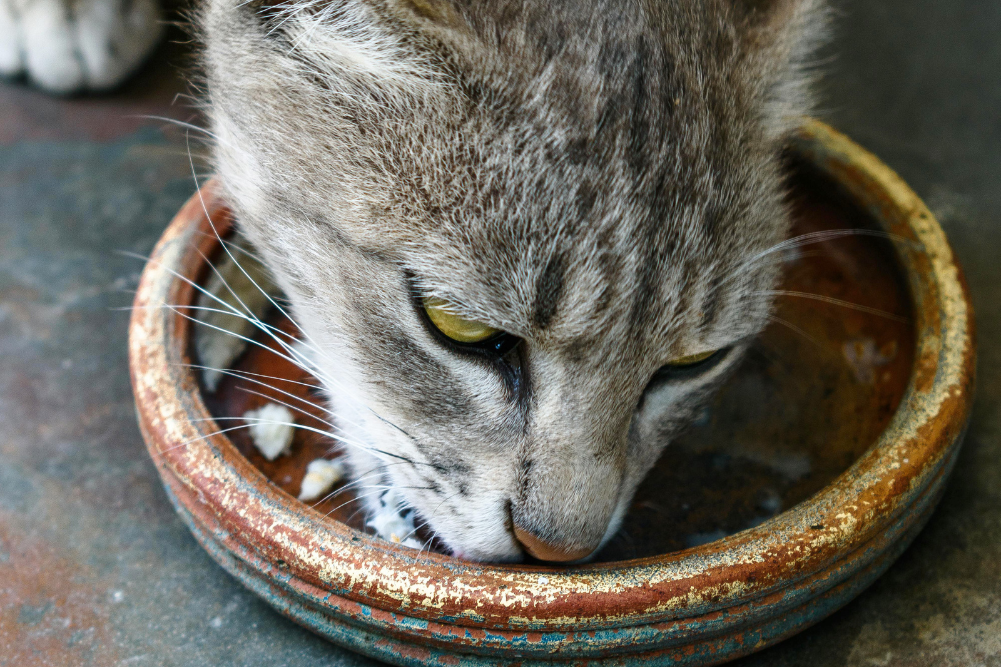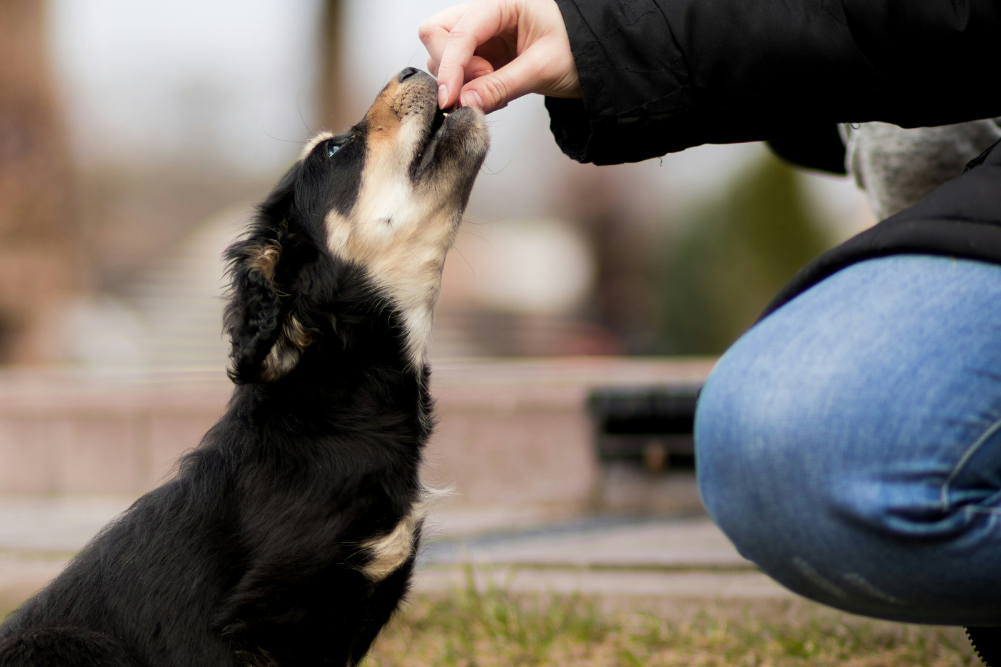Silkworm super-sutures
The human spirit is a restless one. Rarely do humans as a collective rest on their laurels (for a start that would mean we would be wearing our laurels in the wrong place) and they are ever searching for improvements and a better way. The pen for instance is a perfectly serviceable instrument of communication but no, humans had to invent the ipad. You might also think that the sutures currently used to stitch up wounds are good enough for the job, but no, the search is on for stronger stuff from which to make the thread that holds us together and now, it seems we have found it.
If you wanted to look for a strong silk it would be hard to go past the thread spun by a spider. You should not think for a minute that it hasn’t been tried but spider farming has inherent difficulties. Spiders are inherently antisocial beasts, largely because community spirit is hard to foster when everyone wants to eat everyone else. So gathering a bunch of spiders in order to farm their silk just doesn’t work. That is to say nothing of the difficulties come mustering time and the “ewww†factor that even hardened cowboys (spiderjocks) have when it comes to our arachnid friends.
So spider farming is out but silkworms are a far more placid and communal option. The problem is that silkworm silk is not made of stern enough stuff to make it useful for sutures. What you need then is silk with spider-like strength spun by a placid beastie like the silkworm. In these days of genetic engineering you can guess what is going to come next…
Researchers have spliced spider genes into silkworms who have produced silk of extraordinary strength. The fibres were tougher than silkworm silk and as tough as dragline silk produced by spiders. The silkworm-spider silk can be “farmed†and is strong enough to act as a suture as well as being used in replaced ligaments, tendons, tissue scaffolds, microcapsules, and textiles.
Genetic engineering is never a favoured course, particularly when it comes to food, but in this case a highly useful product with little obvious downside is the result. If you wanted to go down a traditional cross-breeding route to achieve this, you would end up with a lot of very nervous silkworms with performance anxiety on your hands.








